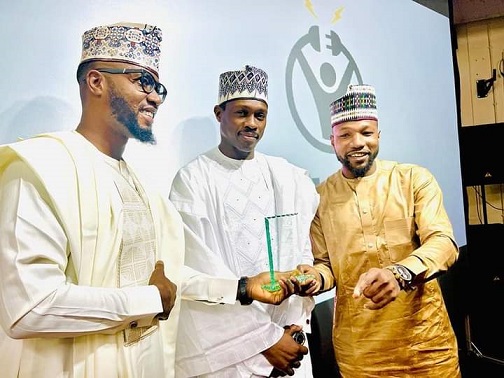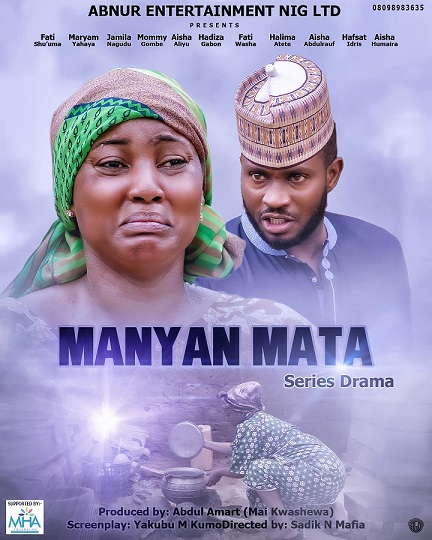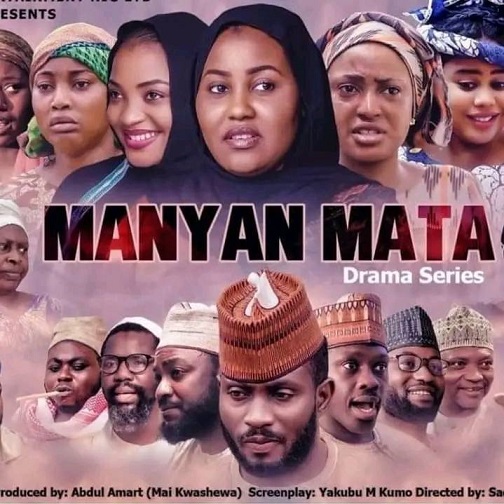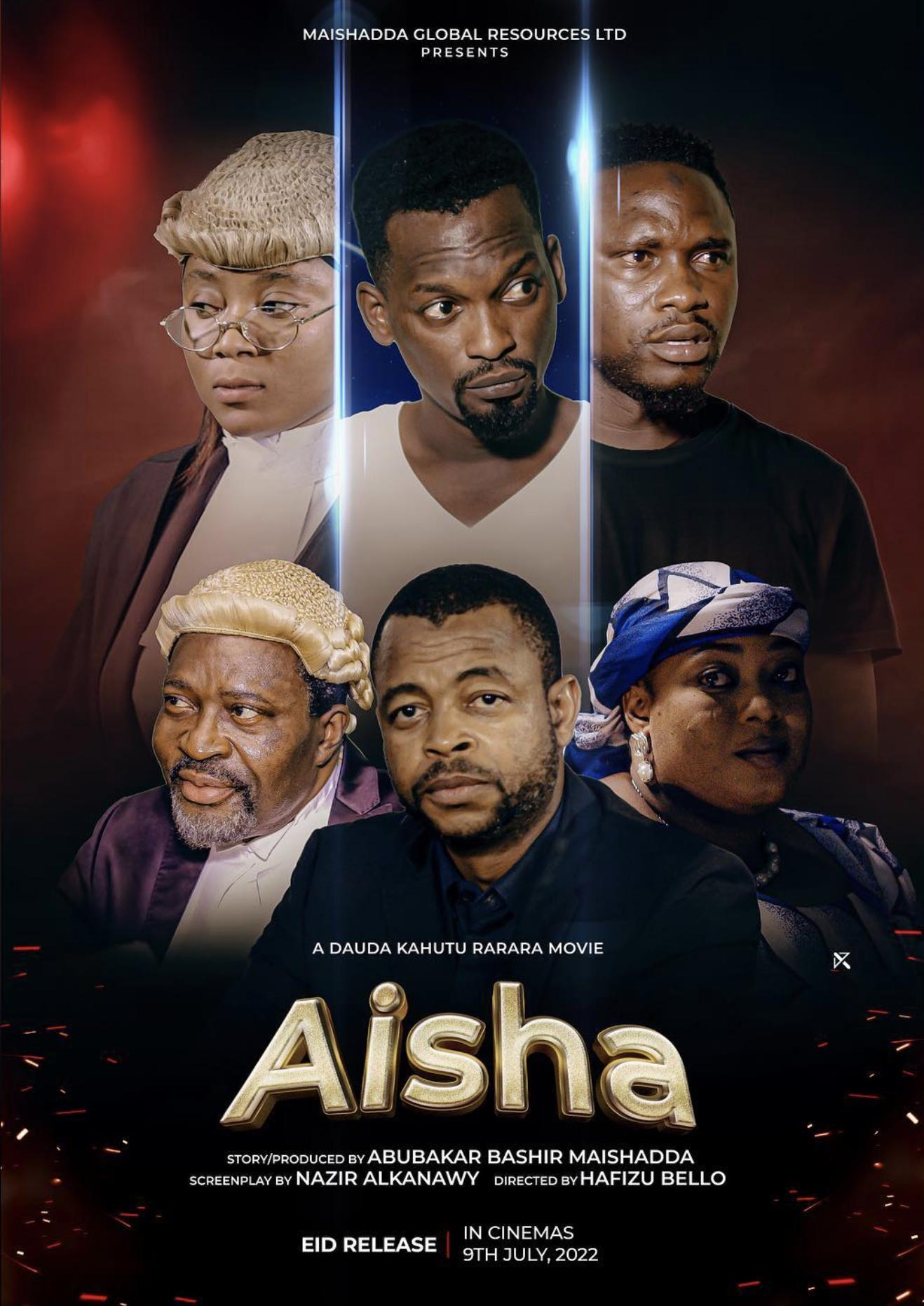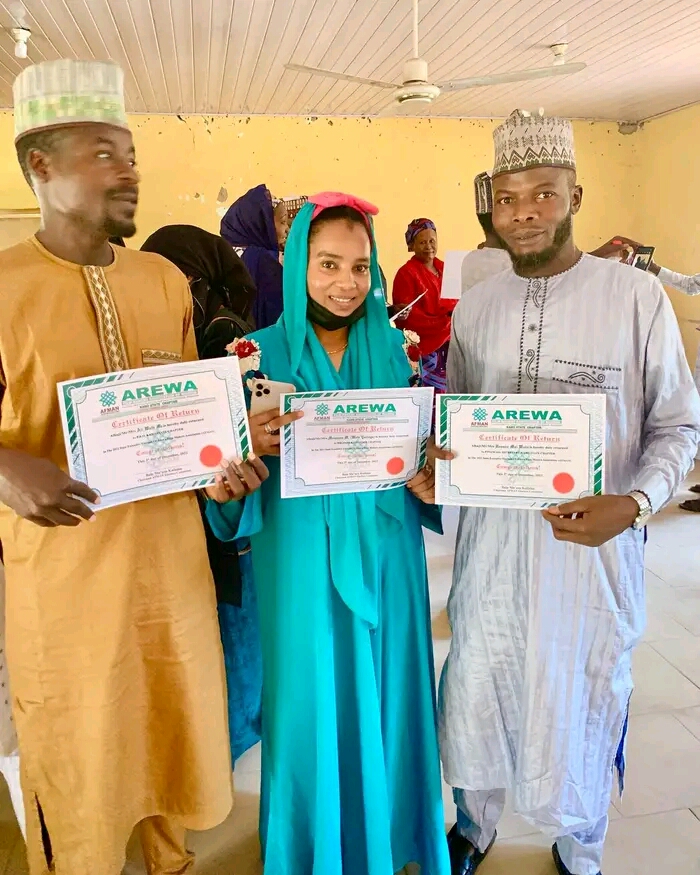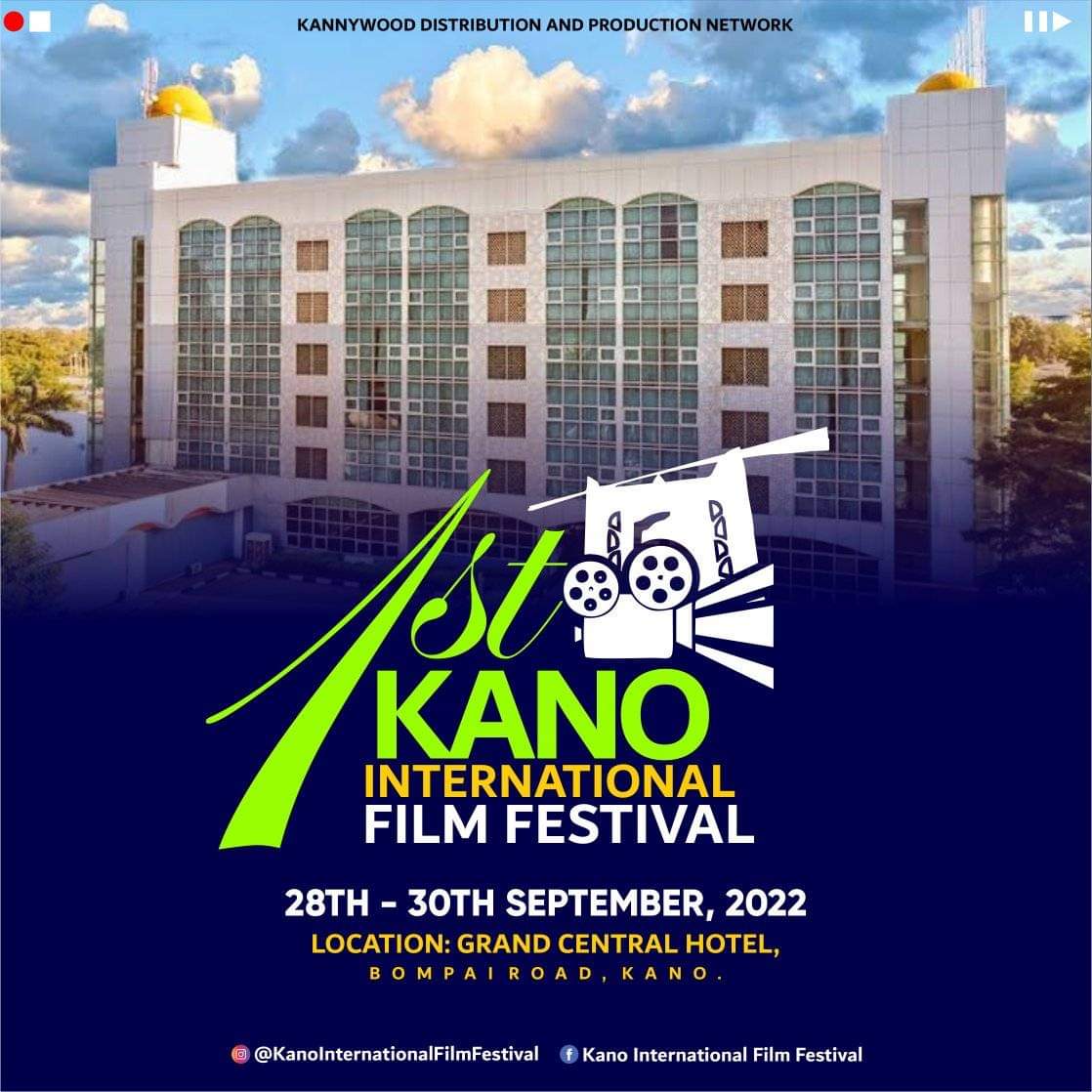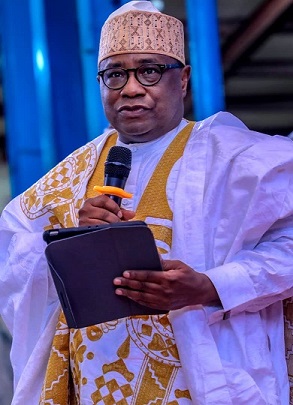Kannywood in London: Actors bring Northern Nigerian culture to the global stage
By Aliyu Abubakar Kannywood actors Ali Jita and Ali Nuhu recently took to the stage at Success Hall in London on Saturday, April 22, 2023, showcasing the talent and artistry…
